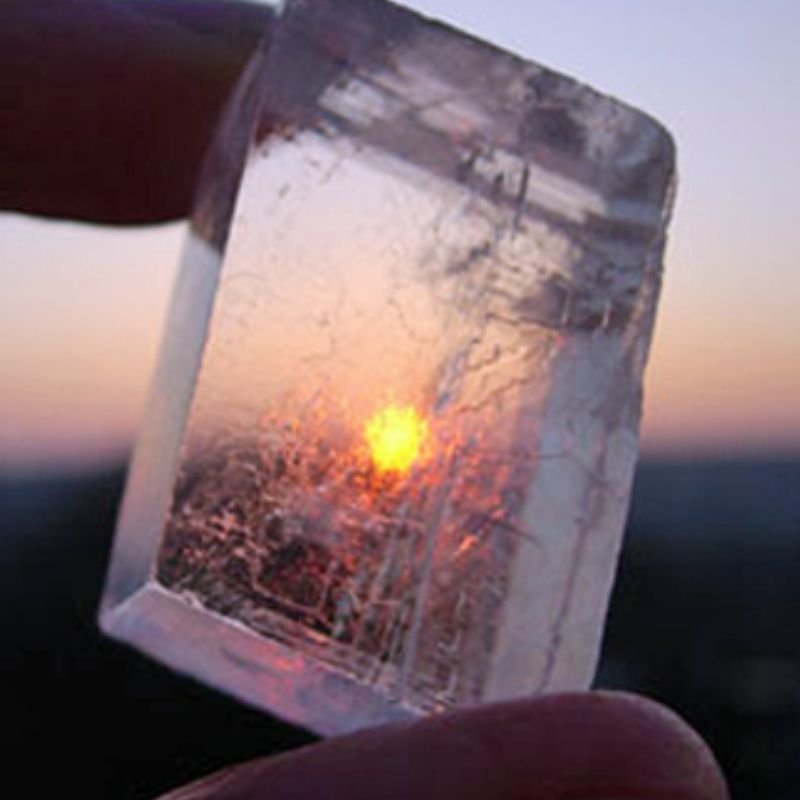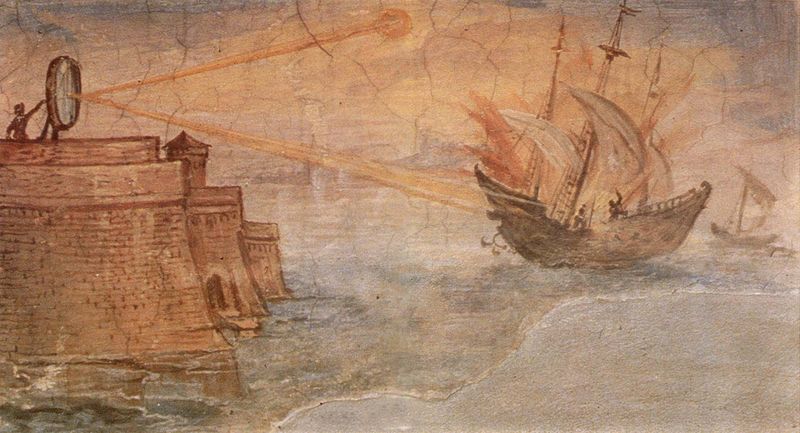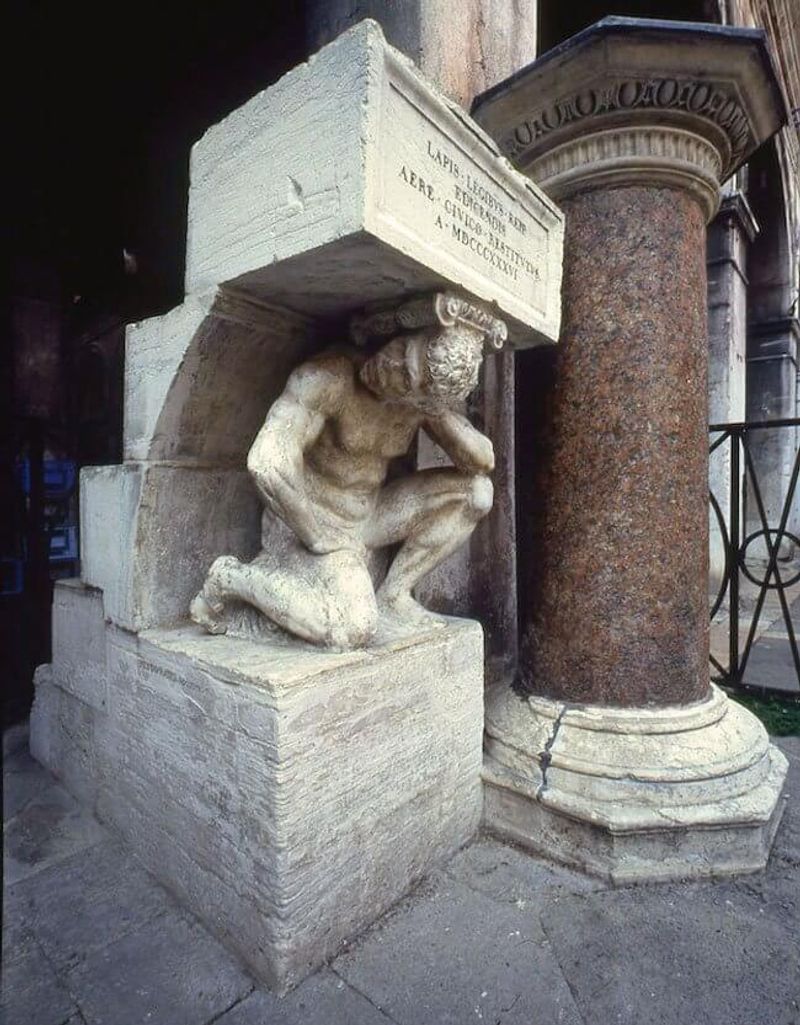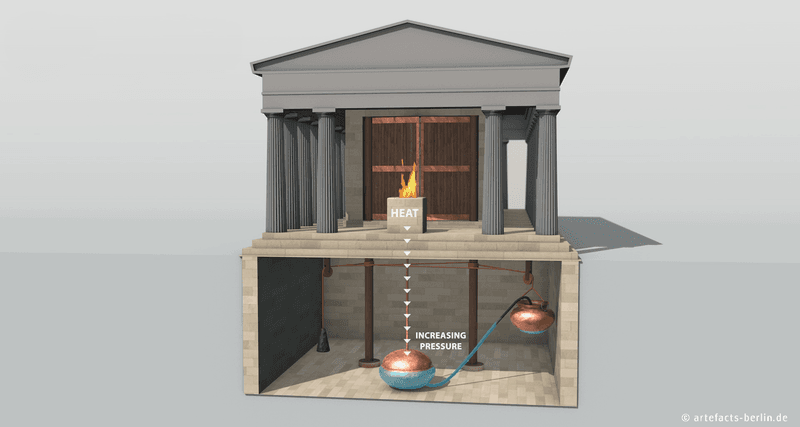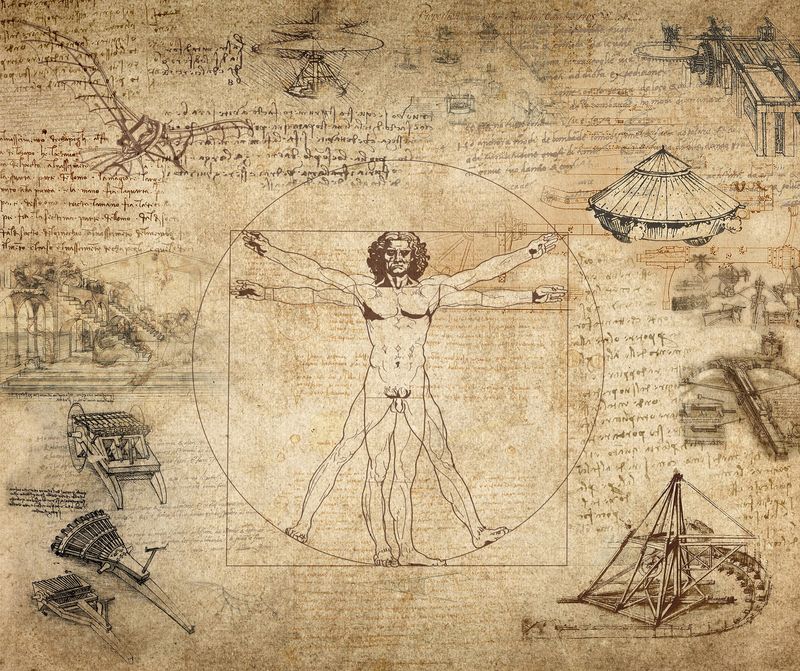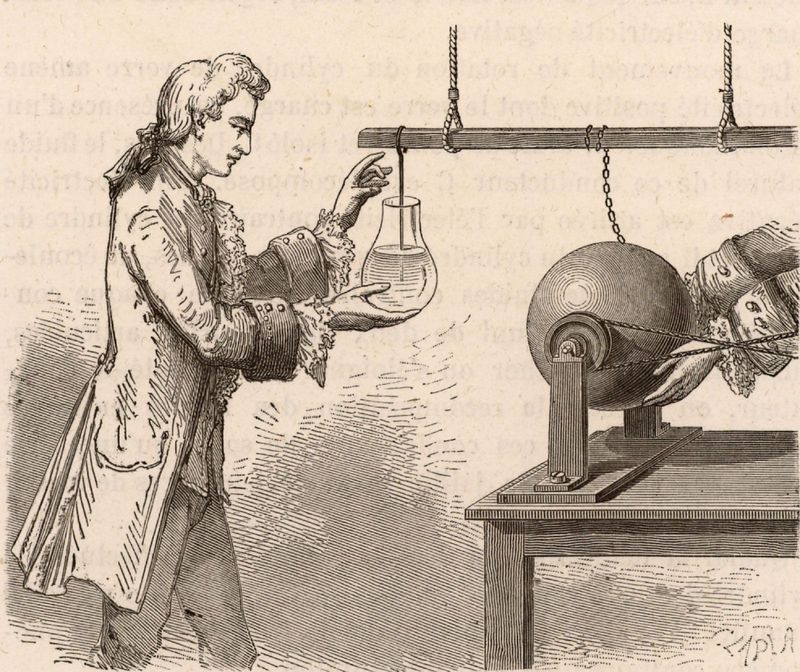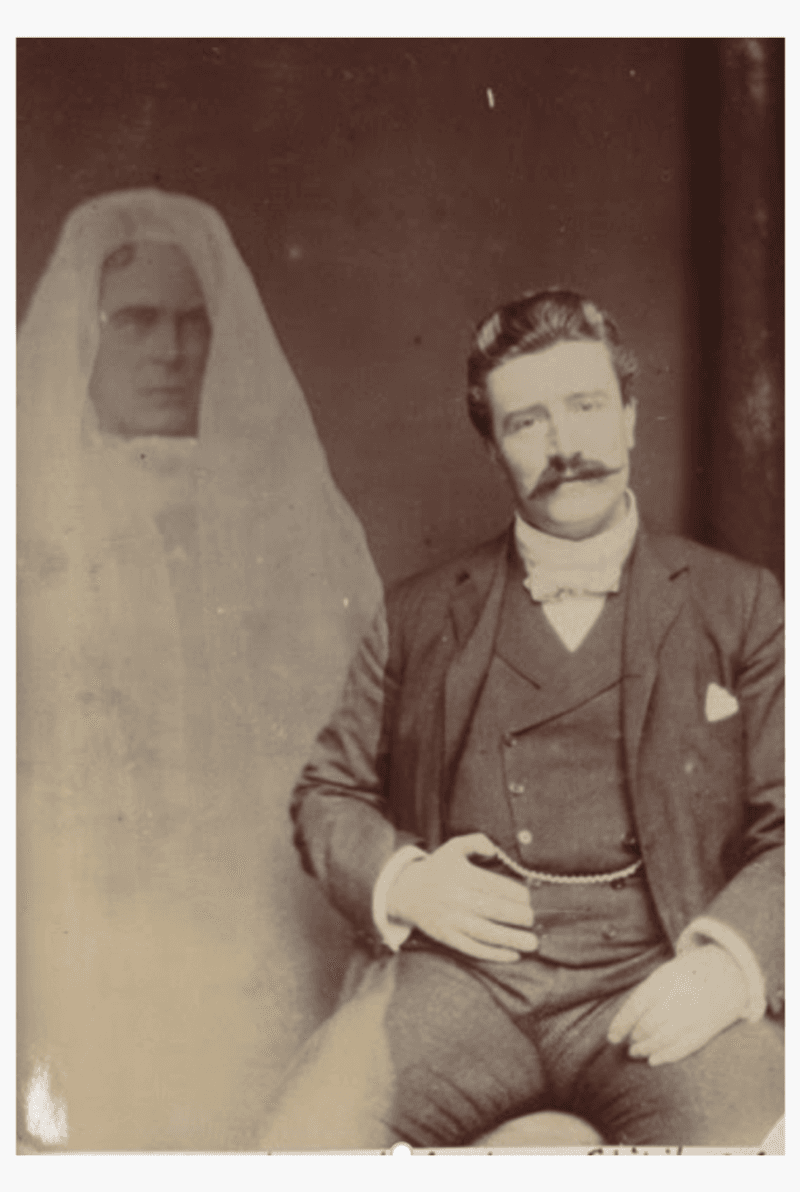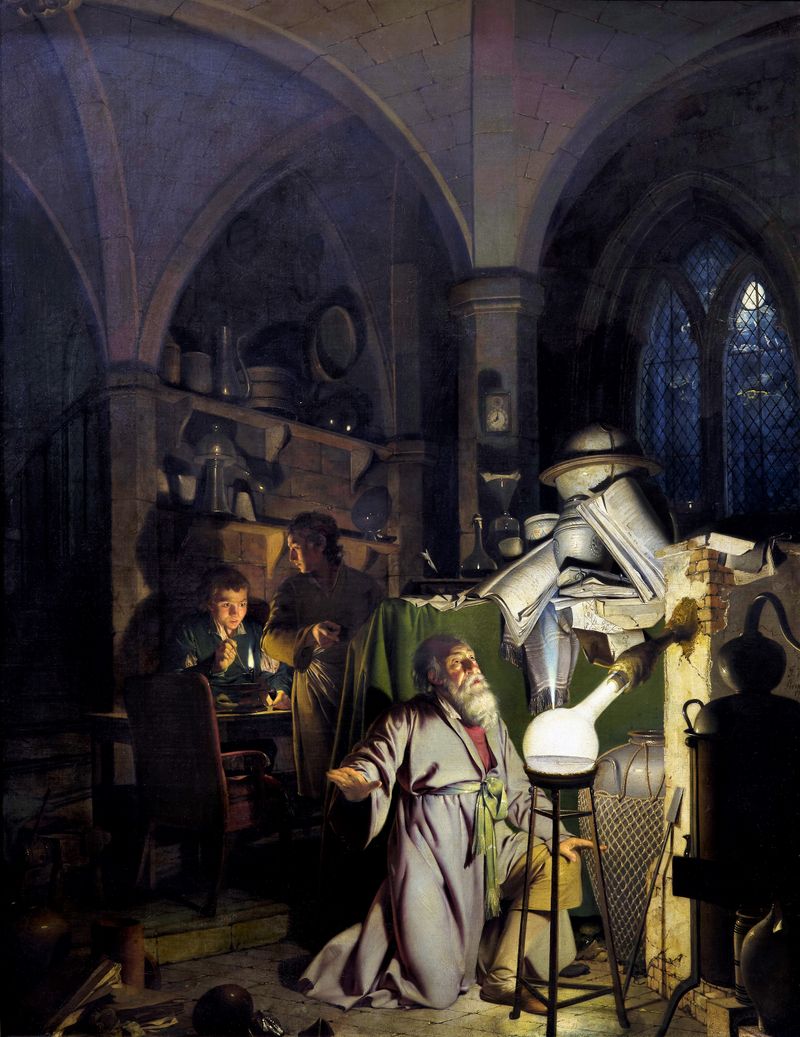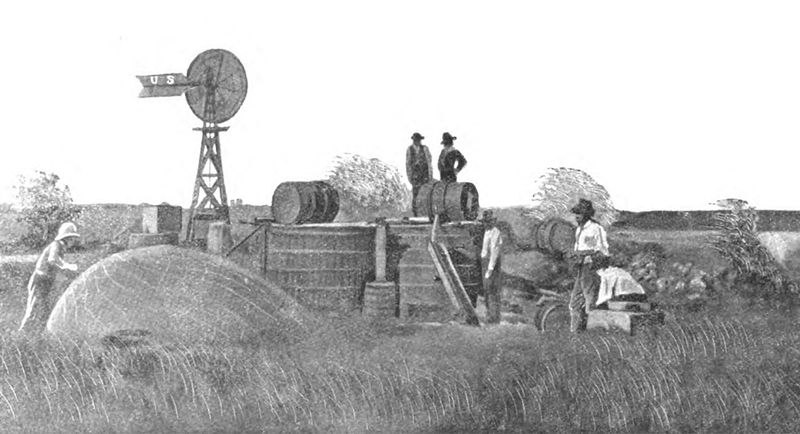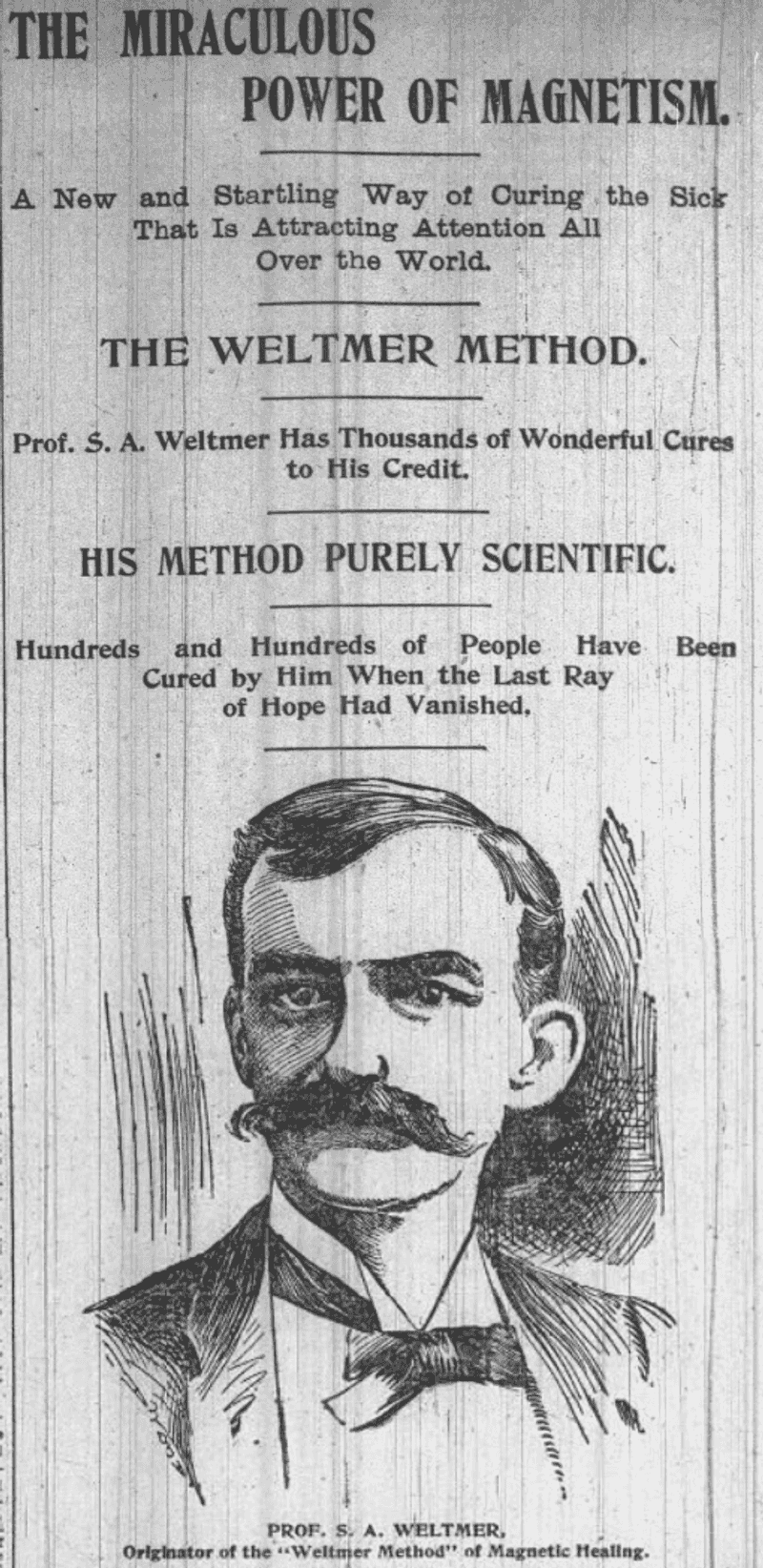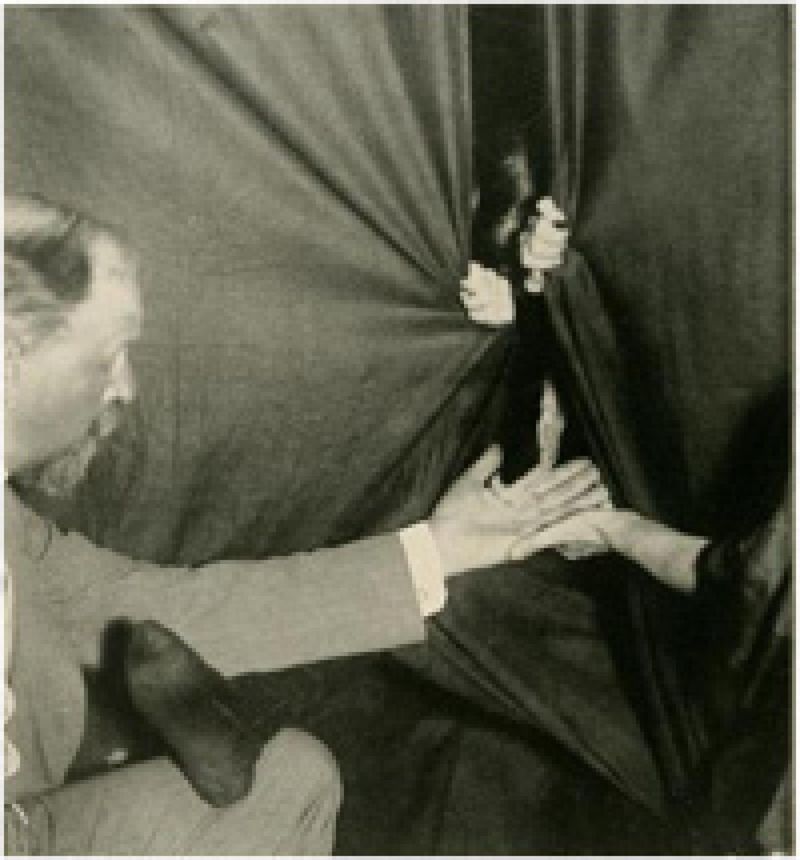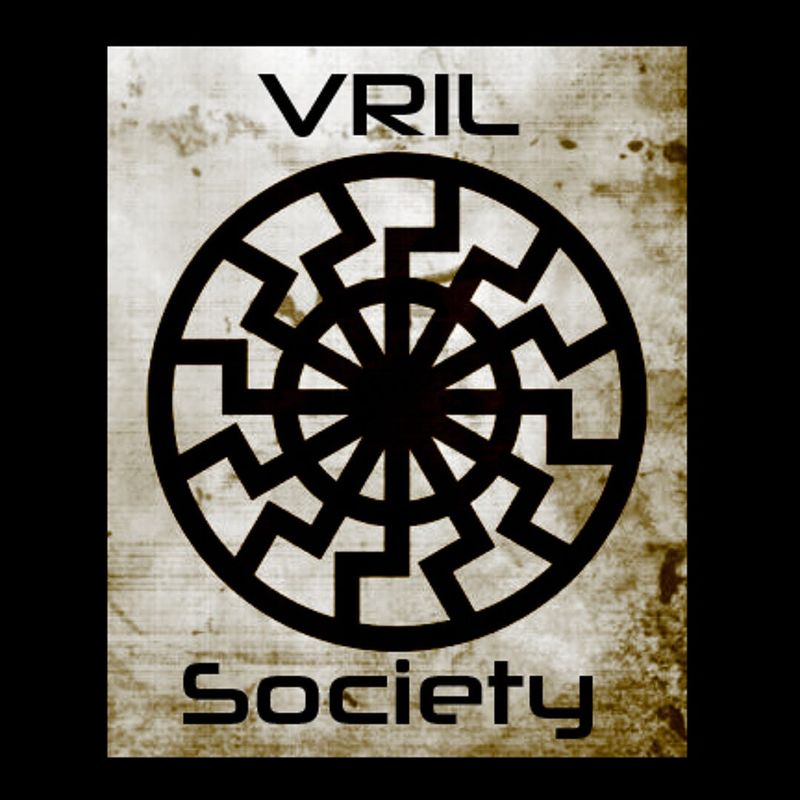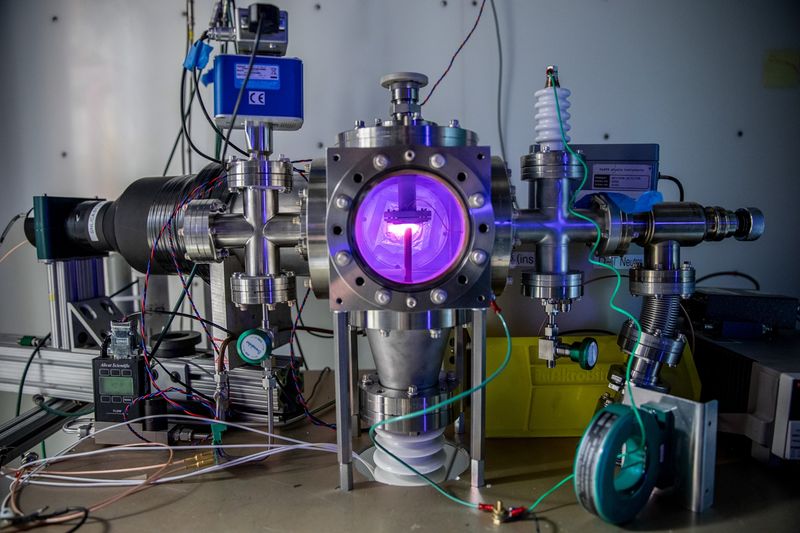Throughout history, human imagination and scientific curiosity have often intertwined, leading to fascinating instances where science was mistaken for magic, or vice versa. Here are 19 captivating examples that explore this intriguing intersection.
1. Ancient Greek “Eternal Flame” (300 BCE)
In ancient Greece, the Temple of Delphi was renowned for its “eternal flame,” a fire that seemed to burn miraculously without end. Priests attributed this phenomenon to divine intervention, capturing the imagination of those who witnessed it. However, the science behind this marvel was far from mystical. Methane gas naturally seeping from the earth sustained the flame, similar to how modern gas lamps work. This natural occurrence was easily interpreted as a sign from the gods by those unfamiliar with the scientific explanation. The allure of the “eternal flame” endures as a testament to how science can inspire awe.
2. Viking “Sunstones” for Navigation (900 CE)
How did they navigate such treacherous waters? The answer lies in the legend of the “magic” sunstones. These crystals, known as Icelandic spar or calcite, could polarize light to reveal the sun’s hidden position, acting as a primitive optical compass. To many, it seemed like magic, but it was pure science. This innovative use of natural materials showcases how ancient civilizations harnessed scientific principles long before they were formally understood. The sunstone remains a symbol of Viking ingenuity and the thin line between magic and science.
3. Archimedes’ “Death Ray” (214 BCE)
The story of Archimedes’ “death ray” is a captivating blend of myth and science. According to legend, Archimedes used mirrors to set Roman ships ablaze during the Siege of Syracuse. This remarkable feat, though debated, suggests the use of focused parabolic mirrors to concentrate sunlight. Whether or not Archimedes achieved this fiery defense remains uncertain, but the concept is scientifically plausible. The tale of the “death ray” endures as an example of how scientific concepts can inspire legendary stories, blurring the line between historical fact and imaginative fiction.
4. Chinese “Fire Medicine” (Gunpowder, 850 CE)
Chinese alchemists, in their quest for immortality, accidentally stumbled upon a powerful invention: gunpowder. Initially dubbed “fire medicine,” this explosive mixture was believed to possess magical properties. However, its true potential was realized in warfare and pyrotechnics. The discovery of gunpowder marked a significant turning point in history, transforming military tactics and entertainment. This serendipitous blend of mysticism and chemistry highlights how the pursuit of one goal can lead to unexpected scientific breakthroughs. Today, gunpowder serves as a reminder of the unintended consequences of alchemical experiments in the search for eternal life.
5. Roman “Talking Statues” (100 CE)
In ancient Rome, statues that seemed to speak captivated the public. These “talking statues” were believed to be oracles, delivering messages from the gods. The secret behind this illusion was a clever use of hidden tubes and acoustics, allowing priests to project their voices through the statues. This early form of ventriloquism combined with architectural ingenuity to create an awe-inspiring spectacle. The talking statues serve as a testament to the inventive spirit of ancient Rome, where engineering and theatrics combined to create experiences that blurred the line between the divine and the scientific.
6. Medieval “Automatic Doors” (Hero of Alexandria, 1st Century CE)
The ancient world was no stranger to technological marvels, and Hero of Alexandria’s automatic doors were no exception. These temple doors seemingly opened by the “will of the gods,” astonishing worshippers. However, the mechanism behind this wonder was a steam-powered engine, an early example of automation. Hero’s invention showcased the potential of engineering to create seemingly magical effects. While the doors were powered by steam, their impact was truly electrifying, leaving a lasting impression on those who witnessed them. This blend of science and spectacle highlights the innovative spirit of the ancient world.
7. Aztec “Mirror of Smoke” (Obsidian Scrying, 1500s)
The Aztec “mirror of smoke” was a tool of divination, used by priests to see visions in its reflective surface. Crafted from volcanic glass, these obsidian mirrors were believed to reveal the future. The entrancing reflections, combined with the hypnotic ambiance of the rituals, created an experience that seemed otherworldly. However, the science lies in the light refraction and optical illusions produced by the polished obsidian. This blend of psychological and optical effects made the mirrors powerful tools for spiritual and ceremonial purposes, illustrating how cultural beliefs and natural phenomena can intertwine in fascinating ways.
8. Renaissance “Invisible Ink” (Leonardo da Vinci, 1500s)
During the Renaissance, the use of invisible ink added an air of mystery to correspondence. Leonardo da Vinci, among others, employed lemon juice as a secret writing method, making messages invisible until heated. This clever technique was often mistaken for witchcraft, as words seemed to appear from nowhere. The science behind it was simple: the heat caused the organic compounds in the lemon juice to oxidize, revealing the hidden text. This inventive use of chemistry for espionage and communication highlights the intersection of art, science, and intrigue during the Renaissance.
9. 18th-Century “Electric Kiss” (Static Electricity Parlor Tricks)
In the 18th century, the “electric kiss” became a sensational parlor trick. Participants would touch a Leyden jar, an early capacitor, to experience a mild shock, creating a spark when they kissed someone else. This electrifying experience captivated audiences, who perceived it as a kind of wizardry. The trick relied on static electricity, a scientific principle that was poorly understood at the time, adding to its mystique. The electric kiss serves as an example of how early scientific discoveries were often interpreted as magical phenomena, blending entertainment with emerging scientific knowledge.
10. Victorian “Spirit Photography” (1860s)
In the era of spiritualism, Victorian “spirit photography” captivated the public’s imagination. Photographers claimed to capture images of ghosts, spirits, and ethereal apparitions alongside living subjects. The reality was more mundane; these images were created using double exposures and chemical tricks in the darkroom. Despite the lack of genuine supernatural presence, the photographs fueled belief in the supernatural. The practice highlights how emerging photographic technology was manipulated to deceive, blurring the line between scientific advancement and the allure of the mystical. Spirit photography remains a fascinating chapter in the history of both photography and spiritualism.
11. Alchemy’s “Philosopher’s Stone” (Middle Ages)
The quest for the Philosopher’s Stone captivated alchemists during the Middle Ages, as they sought a magical substance that could turn lead into gold. This elusive stone was believed to grant eternal life and unparalleled wealth. While the stone itself was a myth, the pursuit of it laid the groundwork for modern chemistry. Alchemists’ experiments contributed to the development of laboratory techniques and a better understanding of materials. The Philosopher’s Stone remains a symbol of the intersection between mystical aspirations and the scientific methods that ultimately dispelled them.
12. “Rainmakers” of the 1800s (Weather Control Scams)
In the 1800s, self-proclaimed “rainmakers” traveled from town to town, promising to summon rain through explosive rituals. Desperate for relief from drought, communities paid for these dubious services. While some weather changes coincidentally followed these performances, the methods had no scientific basis. The rainmakers’ theatrics exploited the public’s belief in their “magical” abilities. This era of weather control scams underscores the vulnerability of people to persuasive shows of “science,” especially when conventional understanding offered no solutions to dire problems. The rainmakers are a reminder of how easily scientific jargon can be twisted to exploit hope.
13. “Magnetic Healing” (Quack Medicine, 1900s)
In the early 20th century, “magnetic healing” gained popularity as a miraculous cure-all. Promoters claimed that magnetic bracelets could heal various ailments by harnessing unseen energies. These claims captivated the public, despite lacking scientific backing. The placebo effect and persuasive marketing fueled their widespread acceptance. Although debunked, magnetic healing inspired the development of legitimate medical devices, such as TENS units. This phenomenon illustrates how pseudoscientific ideas can influence both public perception and technological innovation, highlighting the thin line between quackery and genuine scientific progress.
14. “Radium Cosmetics” (1920s Glow-in-the-Dark Poison)
In the 1920s, the allure of radium’s glow led to its inclusion in cosmetics marketed for “eternal youth.” Advertisements promised a radiant complexion, but the radioactive element caused severe health issues. Unaware of the dangers, consumers were captivated by the promise of beauty through science. The tragic consequences of radium cosmetics serve as a cautionary tale about the misuse of scientific discoveries. The era highlights how the public’s fascination with new technologies can blind them to potential risks, emphasizing the need for rigorous evaluation of scientific advancements before commercial application.
15. “Ectoplasm” (Fake Ghost Goo, 1920s)
During the 1920s, spiritualist séances often featured the mysterious appearance of “ectoplasm,” a ghostly substance supposedly exuded by mediums. This “spirit energy” was nothing more than a trick involving cheesecloth and egg whites, discreetly regurgitated during the performance. Despite being easily debunked, the spectacle captivated audiences eager to connect with the supernatural. The production of ectoplasm illustrates how deception and theatrical flair can create convincing illusions that exploit people’s desires for otherworldly experiences. This chapter in spiritualism history reminds us of the enduring fascination with the unknown.
16. “Vril Energy” (Nazi Occult “Science,” 1930s)
The concept of “vril energy” emerged in the 1930s as part of Nazi occult beliefs, claiming a cosmic force could empower superhumans. This pseudoscience was pure fiction, yet it influenced early science fiction narratives. The idea of vril energy exemplifies how fantastical concepts can be portrayed as credible science, blurring reality and fantasy. Despite its fictional origins, the notion captured imaginations and reflected the era’s fascination with the mystical and the powerful. Vril energy serves as a reminder of how easily pseudoscientific ideas can infiltrate cultural and political ideologies.
17. “Coral Castle” (1940s Anti-Gravity Hoax?)
The Coral Castle in Florida perplexed observers in the 1940s. Built by Edward Leedskalnin, the structure consists of massive stones, seemingly moved without machinery. Leedskalnin claimed he knew the “secret of the pyramids,” suggesting anti-gravity techniques. While his methods remain unclear, most likely he used clever engineering with levers and pulleys. The Coral Castle exemplifies how impressive feats of engineering can inspire myths of mystical powers, illustrating the fine line between human ingenuity and perceived magic. The structure continues to intrigue, blurring the boundaries between engineering prowess and legendary capability.
18. “Cold Fusion” (1989 Energy Mirage)
In 1989, the scientific community was abuzz with the announcement of cold fusion, a process purported to produce limitless clean energy at room temperature. Excitement quickly turned to skepticism, as subsequent experiments failed to replicate the results. The initial claims were later deemed erroneous, illustrating the dangers of premature scientific announcements. While cold fusion remains an unattained goal, the episode underscores the importance of reproducibility and peer review in scientific discovery. The cold fusion saga reminds us of the delicate balance between hope and hype in the pursuit of scientific breakthroughs.
19. “Quantum Healing” (New Age Pseudoscience, 2000s)
The rise of “quantum healing” in the 2000s presented a new age approach to health and wellness, claiming to cure ailments through “energy medicine.” Proponents misused quantum physics terminology to lend credibility to their methods, despite lacking scientific evidence. This pseudoscience gained popularity among those seeking alternative therapies, highlighting the appeal of mixing complex scientific ideas with holistic health practices. Quantum healing illustrates the misuse of scientific concepts to market unproven treatments, reminding us to critically evaluate health claims that blend science with spirituality.


